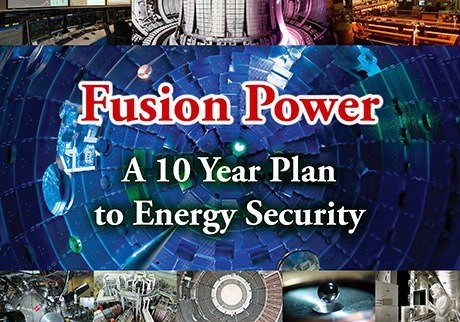
LASER FUSION: NRC panel offers strategy for inertial fusion
A February report from the National Research Council noted that the benefits of inertial fusion justify a continued R&D program. An article in Laser Focus World takes a look at the report. From the article:
The panel recommended direct-drive experiments whether or not NIF succeeds in igniting indirect-drive targets. Direct-drive experiments with the Omega laser at the University of Rochester (Rochester, NY) have demonstrated the uniform illumination needed for good target compression. Models predict that this can be scaled to higher laser energy, but “experiments must be done at full NIF scale” to validate the models, says Robert McCrory, director of Rochester’s Laboratory for Laser Energetics. The first tests will use polar indirect drive, which aims the beams at two poles of the target, because that can be done by modifying NIF’s beam delivery system.
The next big step for inertial fusion would be to move to a driver with a sustained repetition rate of 5 to 15 shots per second, a vast increase over the few single shots per day possible with NIF. Kulcinski says the most advanced driver technology is solid-state frequency-tripled lasers. Livermore proposed building a tripled solid-state laser testbed called Laser Inertial Fusion Energy (LIFE) that would replace the powerful flashlamp pumps used in NIF with high-power pump diodes for a high repetition rate. The panel says that demonstrating a full-scale diode-pumped beamline would be “a critical step toward laser-driver development” for such a testbed.
To read the full article, click here.





